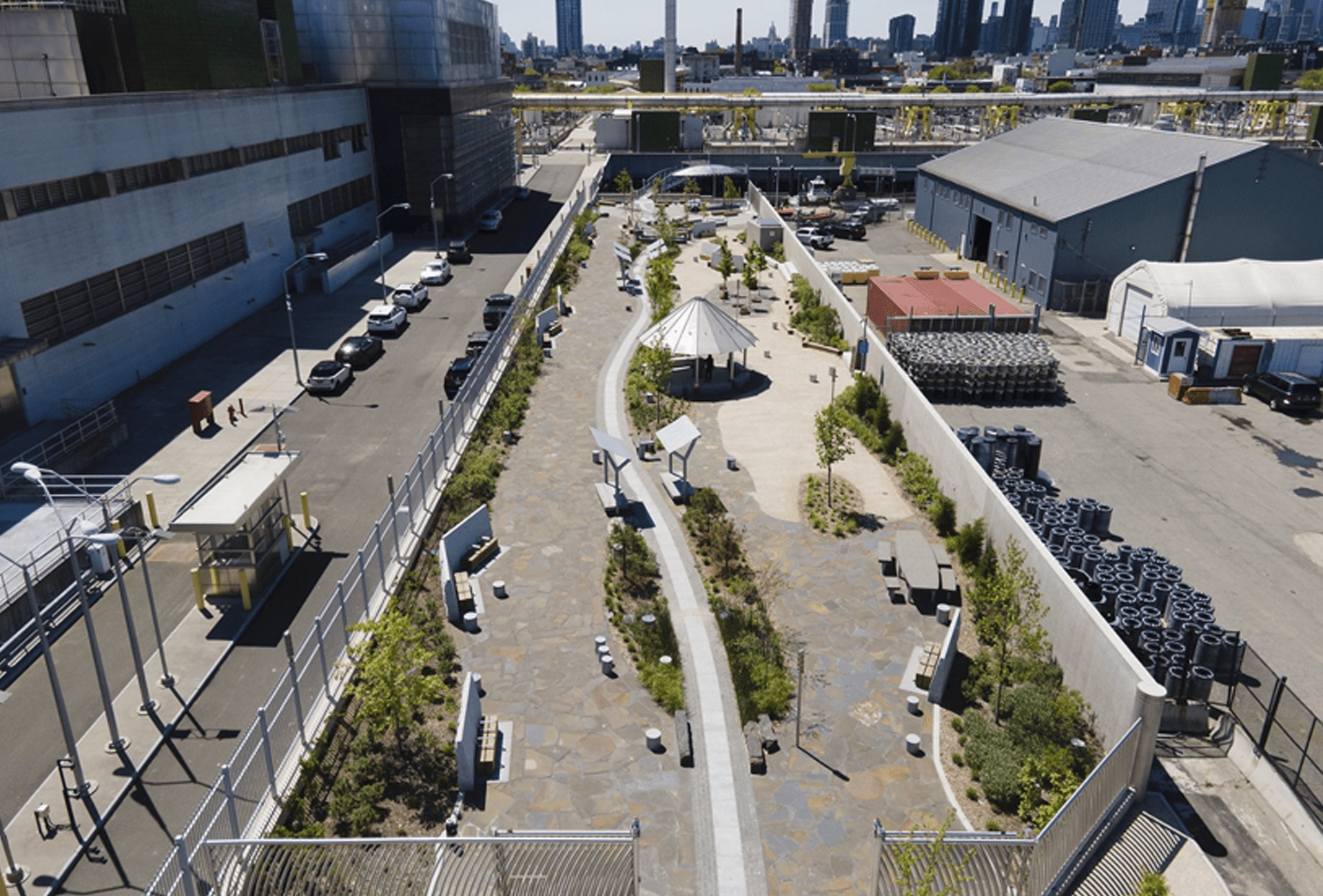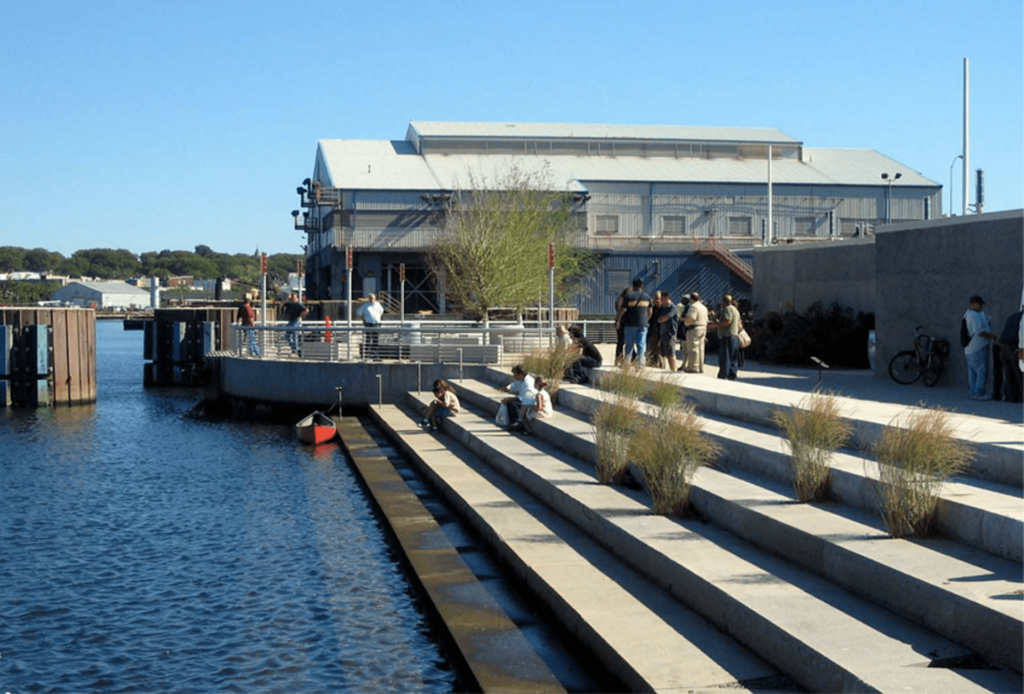Superfund is the informal name for the program created in 1980 by U.S. Congress in the Comprehensive Environmental Response, Compensation and Liability Act (CERCLA). It allows the U.S. Environmental Protection Agency (EPA) to remedy polluted sites. It also requires the potentially responsible parties (PRPs) for the contamination to perform the investigation and remediation at EPA’s instruction.
The first step in the Superfund process is a preliminary assessment and site inspection conducted by EPA that, depending on its findings, can result in the site being listed on the National Priorities List. On September 27, 2010, EPA listed Newtown Creek as a Superfund site. On July 11, 2011, EPA entered into a legal agreement (known as an Administrative Settlement Agreement and Order on Consent) with the City of New York and five companies known as the Newtown Creek Group (NCG) – Phelps Dodge, Texaco, BP, National Grid and ExxonMobil – to commence the Superfund process by conducting a comprehensive evaluation of the creek. The City of New York and NCG were the initially named PRPs, but, since then, an additional 14 PRPs have been named by EPA, including the Consolidated Edison Company of New York (ConEd), National Railroad Passenger Corporation (AMTRAK), America Premier Underwriters, Connell Limited Partnership, The Long Island Railroad Company (LIRR), Motiva Enterprises, Shell Oil Company, Simsmetal East, Darling Ingredients, Sunoco Entities, Harsco Corporation, The Brinks Company and ConocoPhillips. It is anticipated that EPA will continue to name additional PRPs.
The next steps in the Superfund process are the Remedial Investigation (RI) and Feasibility Study (FS). These steps involve an evaluation of the contamination and potential remediation options. From 2011 through 2013, the first phase of the RI Field Sampling Program was completed, which included multiple physical and ecological surveys, as well as surface water, sediment and air sampling. From 2014 to 2015, the second phase of the RI Field Sampling Program was conducted, which included: additional physical, ecological and gas ebullition surveys; additional surface water, sediment and tissue sampling; and sampling of combined sewer overflows, stormwater, industrial discharges and groundwater.
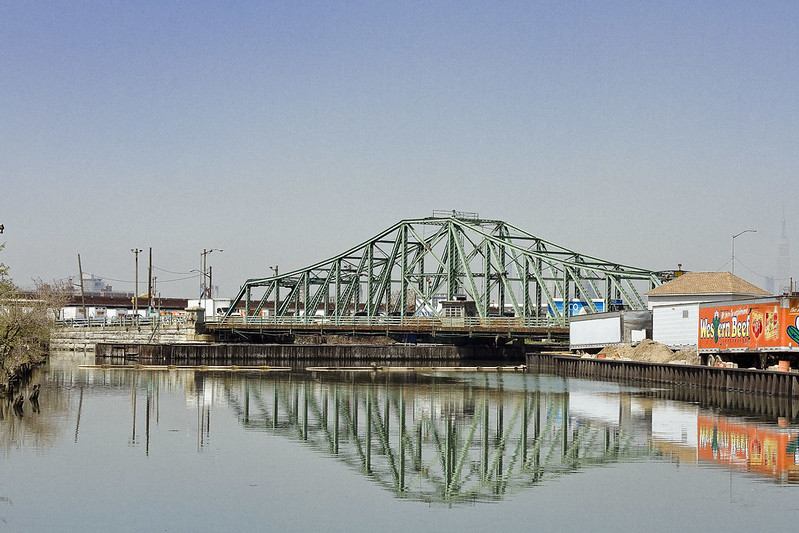
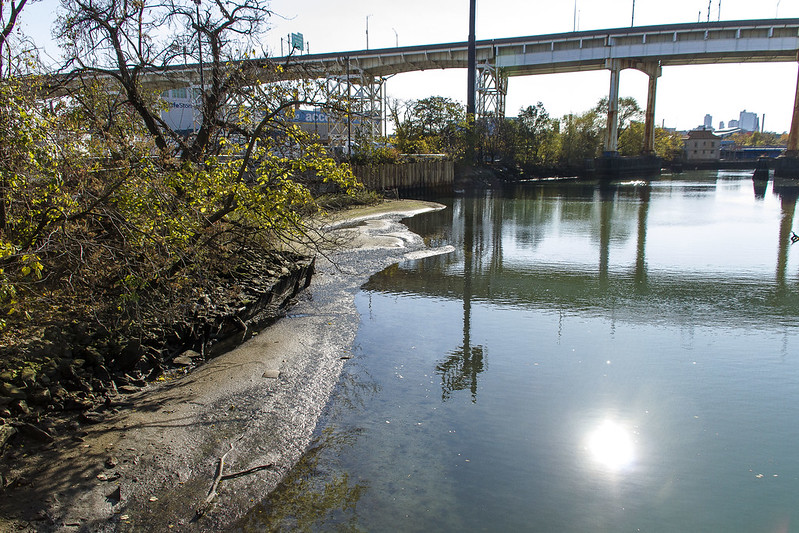
In 2016, the draft of the RI Report, including risk assessments, was submitted to EPA. In 2017, the first part of the FS field program began and included additional nearshore and subsurface sediment, groundwater and tissue sampling. The RI Report currently is being revised and finalized with EPA. Supplemental data to support the FS will be collected in the near future.
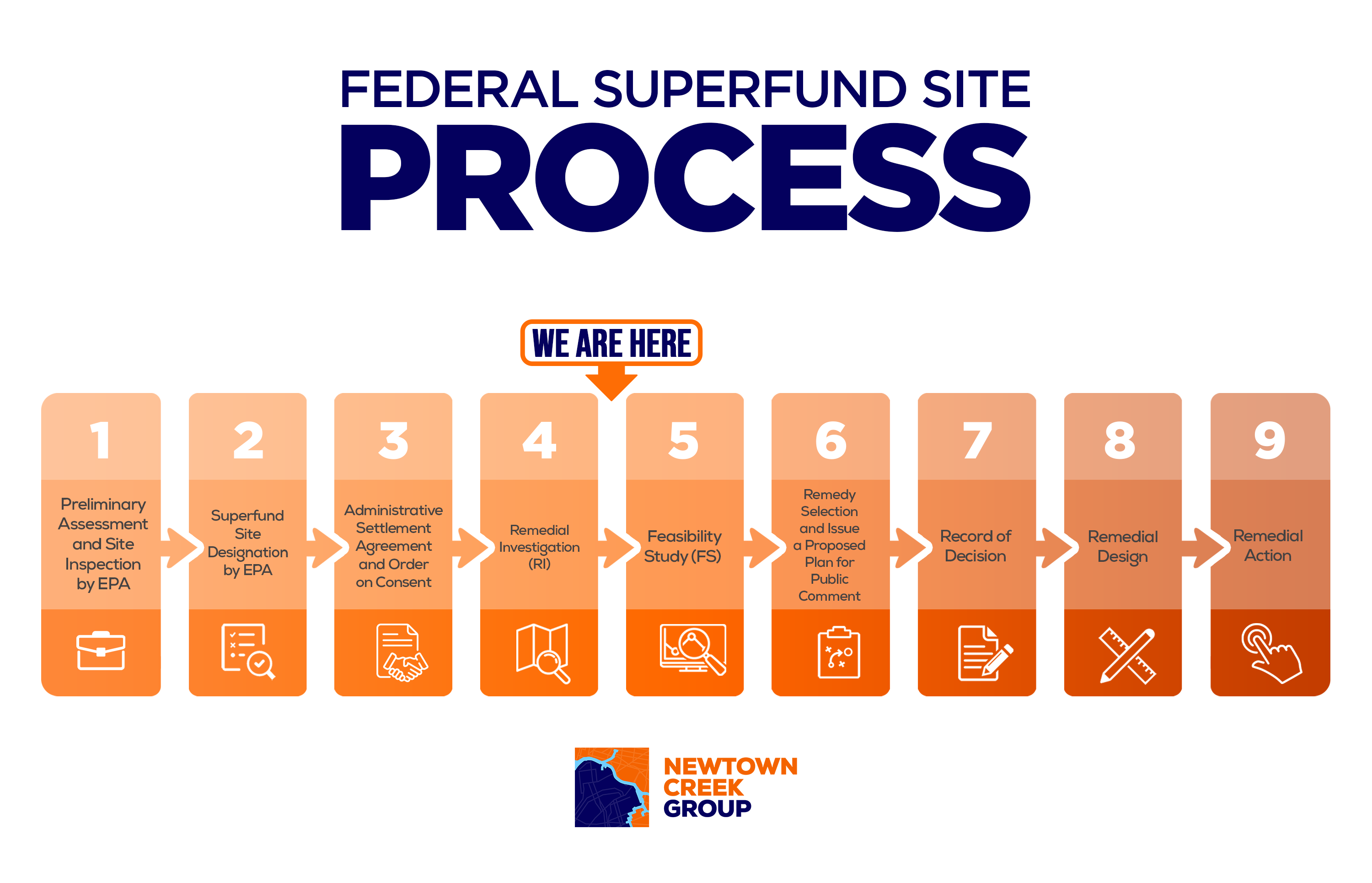
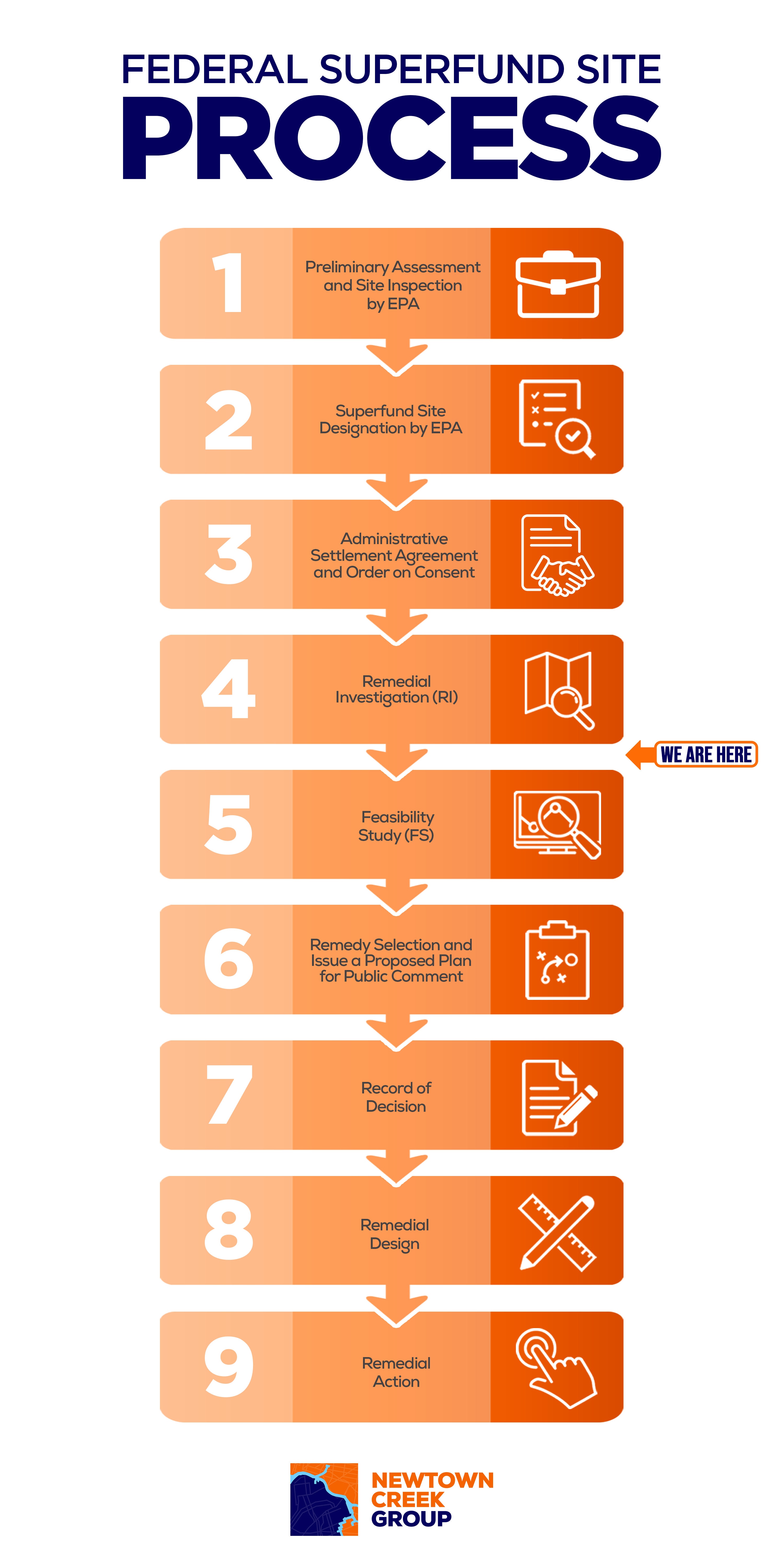
The FS process is now beginning and will evaluate remedial alternatives for individual portions of the creek as part of a whole-creek remedy. At the completion of the RI and FS phases, EPA will select a remedy and issue a Proposed Plan for public comment. At the end of the public comment period, EPA will make any necessary revisions to the Proposed Plan and document its decision in a Record of Decision in which EPA explains which remedial alternative has been selected and why. The Record of Decision provides the framework for the transition into the next phase of the remedial process, Remedial Design. After completion of Remedial Design, the Remedial Action phase begins, which is the work of remediating the Creek.
Since the Superfund designation in 2011, the NCG has been dedicated to the remediation of Newtown Creek. The remediation and restoration will be protective of human health and the environment, consistent with its continued use as a critical Significant Maritime Industrial Area (SMIA)-designated waterway that is vital to the success of businesses along its banks and the economy of the surrounding neighborhoods. More about the Superfund process in general can be found here. And more about EPA’s process and timeline specifically for Newtown Creek can be found at EPA’s website here.
